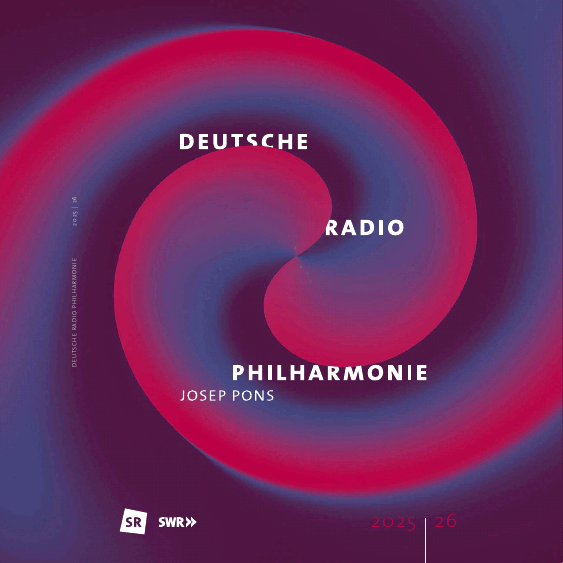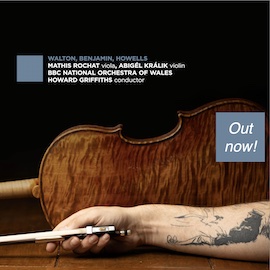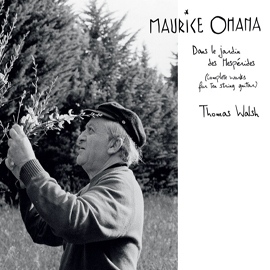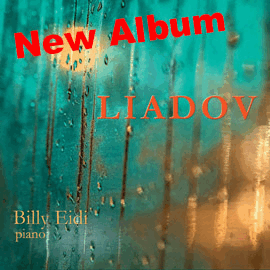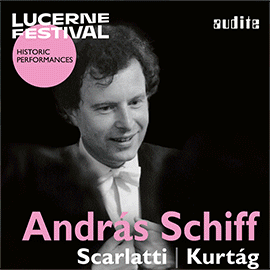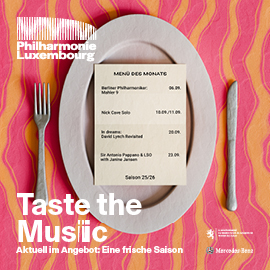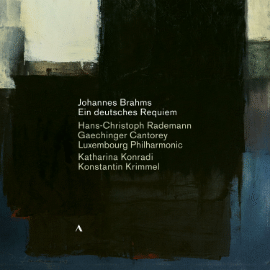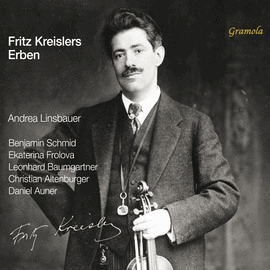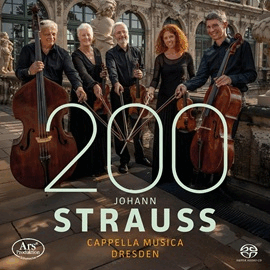Stage director, playwright and visual artist Robert Wilson passed away at the age of 83 in his hometown of Water Mill, New York, after a short illness. Wilson became known worldwide as an opera director for his visually startling productions. Wilson’s approach was characterized by very precise direction, slow pacing, poetic image composition, minimalist lighting, and visually strong aesthetics. His scenography and movement language often aligned with Japanese Butoh, Noh and Kabuki theater.
In Paris, where Wilson was exceptionally popular, the production of Madama Butterfly was revived more than 10 times. At the Théâtre du Châtelet he was successful with Wagner’s Ring conducted by Christoph Eschenbach (see review underneath).
His Aida was performed at La Monnaie in Brussels, and his international reputation took him from Hamburg (Parsifal), to Milan (Orfeo and L’incoronazione di Poppea), Prague (Káťa Kabanová, among others) to the Metropolitan Opera (Lohengrin) and, for an entire Ring des Nibelungen, to Zurich.
Here is what Pizzicato’s Remy Franck wrote about the Châtelet-Ring in Paris:
Beauty and harmony: the Wilson aesthetic
Bewitching visual beauty and a solid musical level – these are the two values that confirm our impressions of the first part of the new Ring at the Châtelet in Paris: Siegfried and Götterdämmerung crown a production whose aesthetic character and profound harmony between music and stage, between a new interpretation and a score that is over one hundred years old, will be remembered.
When, in the first scene of Siegfried, Wotan, now Wanderer, enters the stage and turns back, we are already gripped by the symbolic world of director Bob Wilson. He won’t let go for a second. And if I had to memorize only the way Wilson makes Mime express himself, I’d already be filled with happy memories. It’s true that Volker Vogel is an extraordinary actor (and a very good singer too) and transposed Bob Wilson’s refinements with extraordinary richness. It’s a pity that Jon Fredric West, who vocally lived up to the expectations of a Siegfried, had neither the physicality nor the physical interpretation to really fit this staging.
While Jukka Rasilainen’s Wanderer-Wotan conveyed the character’s inner drama, Linda Watson was once again a moving Brünnhilde. We were also delighted to welcome back Qiu Lin Zhang’s wonderfully warm contralto as Erda, and Sergei Leiferkus’s Alberich.
In Götterdämmerung, Kurt Rydl impressed with his dark, majestic voice in the role of Hagen, Dietrich Henschel was an excellent Gunther with a very well conducted voice, while Mihoko Fujimura captured us in Waltraute with a most impressive vocal performance. I liked Christine Goerke less, as she was a little pale as Gutrune, while Linda Watson seemed less at ease as Brünnhilde than on other evenings. The disappointment came from Nikolai Schukoff, who lacks the format of a Siegfried and ruins his slender tenor voice with this role.
In the pit, Christoph Eschenbach, at the helm of a slightly less well-prepared (or more tired?) Orchestre de Paris, continued his work of streamlining and lightening, with fairly slow tempos and a refined lyrical discourse.
Back to the stage. Robert Wilson was his own set designer, and if in this Ring he reuses the techniques that made him famous, this is no disadvantage: a stylized, if not absent, set, and a play of lights that gives rise to a series of bewitchingly beautiful tableaux. But light isn’t just decoration. By projecting green and red onto Hagen, for example, the character takes on a distinctly Mephistophelian quality. And in the final scene, Brünnhilde and Siegfried lie on inclined panels, their blue colors transformed into white, before which Walhalla disappears in flames. White, the perfect blend of all the colors of the light spectrum, symbolizes the final goal of the purified being who has returned to his primitive, spotless state.



